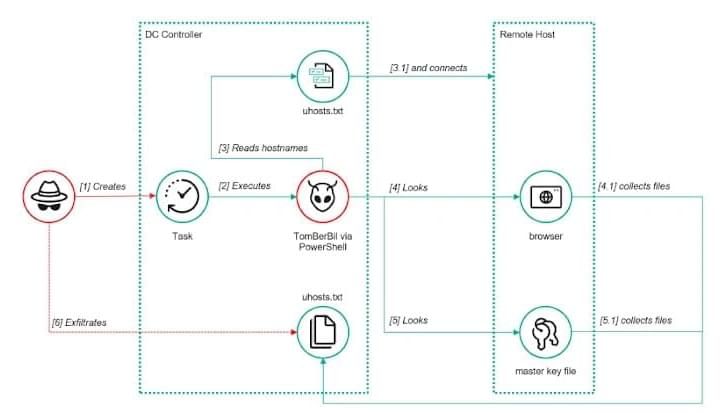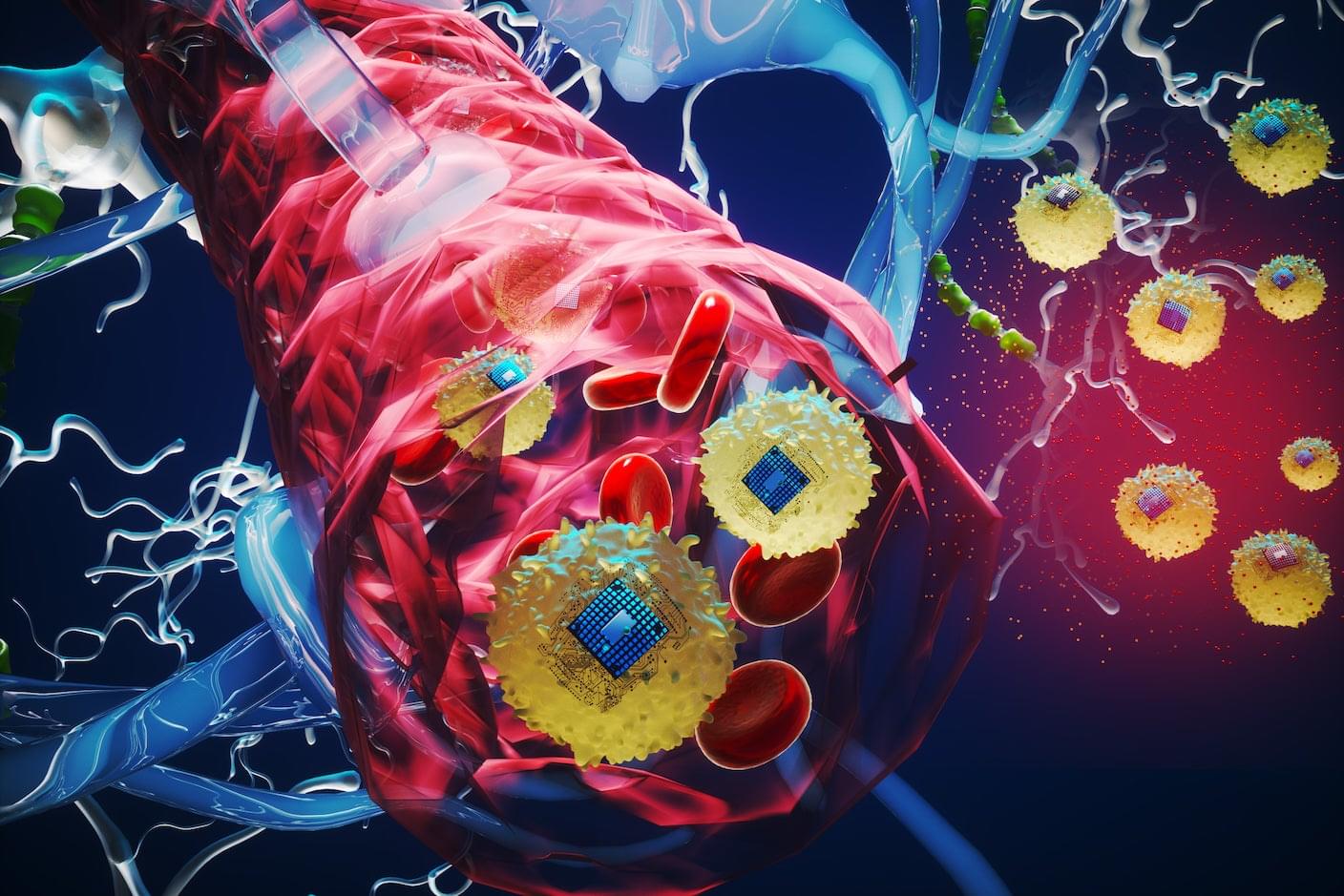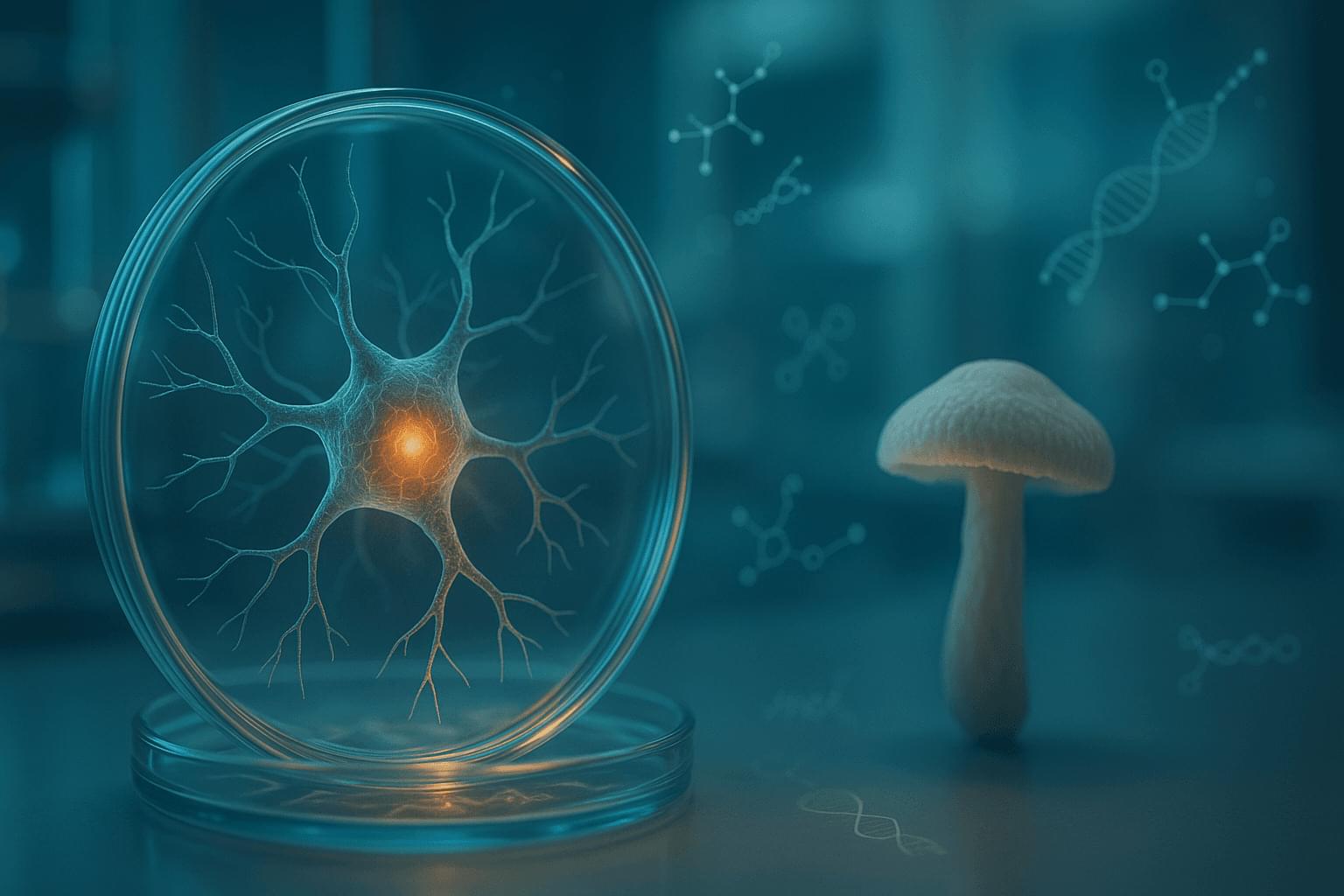ToddyCat upgrades tools like TCSectorCopy and TomBerBil to steal corporate email and browser data, targeting Outlook and Microsoft 365 defenses.




Risk management company Crisis24 has confirmed its OnSolve CodeRED platform suffered a cyberattack that disrupted emergency notification systems used by state and local governments, police departments, and fire agencies across the United States.
The CodeRED platform enables these agencies to send alerts to residents during emergencies.
The cyberattack forced Crisis24 to decommission the legacy CodeRED environment, causing widespread disruption for organizations that use the platform for emergency notifications, weather alerts, and other sensitive warnings.

AI chip arena gears up for epic battle as Meta plans to ditch NVIDIA for Google TPUs.
(https://interestingengineering.com/ai-robotics/meta-google-t…ta-centers)
Zuckerberg-led Meta could shift to Google TPUs for AI workloads by 2027, challenging Nvidia’s data center dominance.


New Warner–Suno deal lets creators legally use artist voices and likeness in AI tracks.
It was only last year when Hollywood unions battled AI use in creative industries. Today, Warner Music Group is handing artificial intelligence a front-row seat in the music business.
The company has signed a licensing deal with Suno, the fast-growing AI music platform, marking one of the biggest shifts yet in how the industry approaches AI-generated music.
Under the agreement, Warner Music Group will allow users to generate songs using the voices, likenesses, names, images, and compositions of artists who voluntarily opt in.



